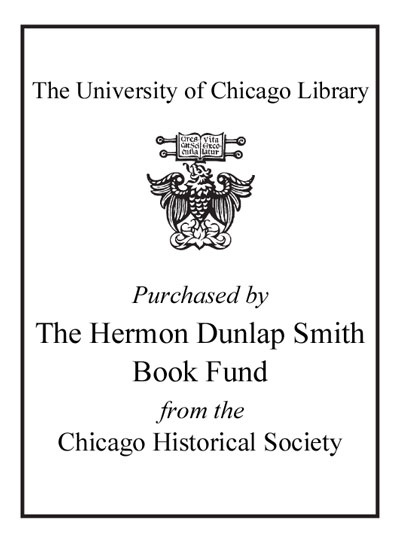| Summary: | "Ciudad Juárez, Chihuahua, Mexico is still one of the most violent cities in the world. It is the Mexican community most affected by the Mexican "drug war." The drug war is not an officially declared war but a roughly fifteen-year period of massacres, gun battles, assassinations, and other crimes that have claimed about 200,000 lives and left 30,000 people missing. The main participants in these conflicts include drug cartels, gangs, the Mexican military, police forces, and common criminals. At present, there is no indication that this war is slowing down nationally or in Juárez. This book is an ethnographic study concerned with all of the above, as manifested in the violence and moral depravity in the bars, streets, brothels, and neighborhoods of downtown Juárez. The central figures are sex workers, addicts, drug dealers, enforcers, bar flies, bar owners, human smugglers, migrants, unemployed or underemployed workers, expatriates, street vendors, and others who make their living hustling in the streets and along the borderline. Through oral histories, contemporary interviews, and observations made over a 28-year period of field research, Campbell explores the ways in which violence and abuse play out at the street level in specific cantinas, barrios, brothels, and drug-selling plazas. After critiquing the main theories propounded to explain Mexican "drug violence," Campbell presents his own synthetic theory--"synergistic violence"--which focuses on how violence becomes normalized and naturalized over time (and is not specific to Juárez or Mexico). He then offers chapters about the history of Juárez, and takes the reader on a tour through present-day downtown Juárez. Subsequent chapters are devoted to the bars/brothels where sex and drugs are exchanged, to the violence that comes with life in those bars/brothels, to human smuggling, to a battle between one local gang and the local police, and to one particular sex worker. The final chapter circles back to the theories he introduced at the start of the book, and how they relate to the ethnographies and oral histories of the preceding pages in an Arendt-ian "banality of evil.""--
|
|---|

